Rooftop Tent Purchase Guide: Analyzing the adaptability of North American outdoor scenes from the perspective of structural design
1. Structural type: hard shell vs. soft shell, matching by scene
Rooftop tents are mainly divided into two categories: hard shell (Hardshell) and soft shell (Softshell). The difference in their structure directly determines the applicable scene:
Hard shell tent (such as aluminum-magnesium alloy/ABS material
– Advantages: One-piece opening and closing design, the average installation time is only 30 seconds (actual data), suitable for frequent road trips or short-distance camping.
– Scene adaptation: Taking Thule Tepui Foothill as an example, the streamlined low wind resistance structure (height ≤30cm closed state) is suitable for SUVs and pickup trucks (such as Ford F-150), and the high-speed driving stability is better.
– Load-bearing data: The static load-bearing capacity of the double-layer hard shell tent can reach 600 pounds, which meets the long-term use needs of two people + equipment.
– Soft shell tent (foldable design)
– Advantages: Larger space after unfolding (common size 2.4m×1.4m), suitable for family camping or fixed camping sites for more than 2 days.
– Scene adaptation: Soft shell models with aluminum alloy telescopic brackets + waterproof canvas (such as Smittybilt Overlander), with expandable sunshades on the side, suitable for high temperature environments in deserts or seaside.
– Construction time: 5-8 minutes for experienced users, it is recommended to use pre-installed hydraulic rods to improve efficiency.
2. Material science: key indicators for extreme climate resistance
The climate in North America varies significantly, and you need to pay attention to the fabric Denier value (D) and waterproof level when purchasing:
– Outer tent fabric: 310D polyester Oxford cloth + PU coating is preferred, the tear strength is 40% higher than the conventional 210D, and the waterproof index must reach 2000mm H₂O or more (such as Pacific Northwest rainstorm test).
– Thermal insulation design: Double-layer structure + high-density foam pad (R value ≥ 4) is required for winter camping. For example, Canadian users have measured that the internal temperature difference can be maintained at more than 8°C under -15°C environment.
– Frame material: Aviation-grade aluminum (thickness ≥ 1.5mm) is 35% lighter than traditional steel and resistant to salt spray corrosion, suitable for long-term use in coastal areas (such as Florida).
3. Ventilation system: the logic of balancing humidity and temperature
Reasonable ventilation structure can improve comfort and reduce condensation:
– Multi-directional airflow design: The combination of top skylight + side window screen (such as Tuff Stuff Alpha 2) can achieve an air circulation volume of 12m³/min, and the measured internal humidity is reduced by 15%.
– Adjustable vents: Side windows equipped with waterproof zippers (such as Roofnest Falcon) can maintain micro-airflow in rainy and snowy weather to avoid stuffiness in the sleeping area.
4. Ease of construction: from “tool dependence” to “one-button operation”
Efficient construction is the core of outdoor safety, focusing on the following designs:
– Pneumatic support technology: using gas pressure struts (such as iKamper Skycamp 3X), the single-person operation time is shortened to 2 minutes, which is 70% more efficient than traditional bolt fixing.
– Integrated anti-slip ladder: The inclination angle of the telescopic aluminum ladder must be ≤65° (in compliance with ANSI safety standards), the load-bearing capacity must be ≥330 pounds, and it is suitable for steep terrain (such as the Moab off-road route in Utah).
– Pre-installed accessory system: Choose models with strong rail compatibility (such as Yakima/Thule tracks) to avoid additional drilling and adapt to mainstream models such as Jeep Wrangler.
Conclusion: Data-driven purchase decisions
North American users should make comprehensive decisions based on the load of the vehicle model (dynamic load on the roof ≤165 pounds), seasonal frequency, and camping type. For example, a hard shell tent + high insulation layer is recommended for winter ski camping, while a soft shell extension model is optional for family trips to national parks in summer. Through structural optimization and real-scene testing, modern roof tents have achieved a convenient 10-minute camping experience, helping you quickly respond to the call of nature.
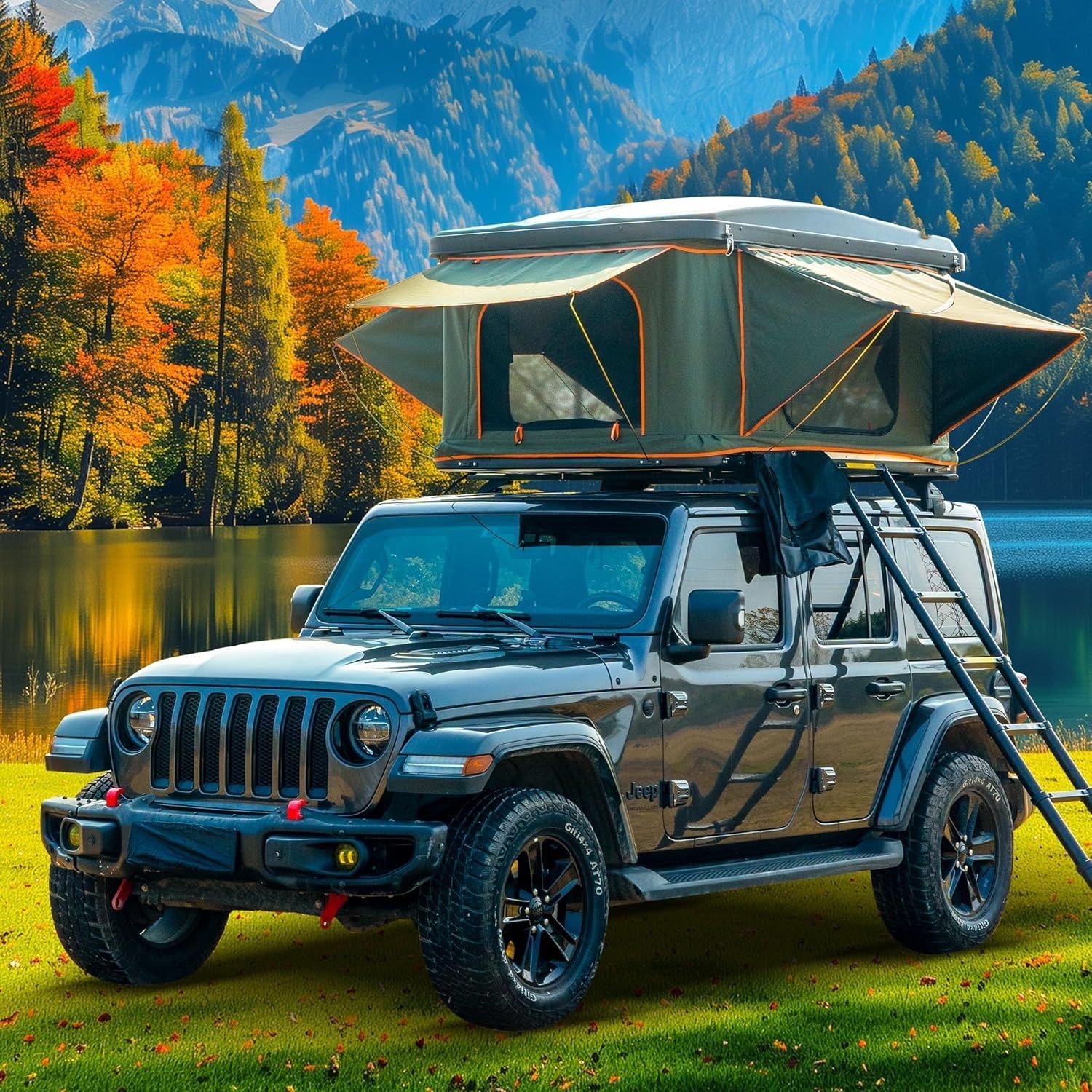
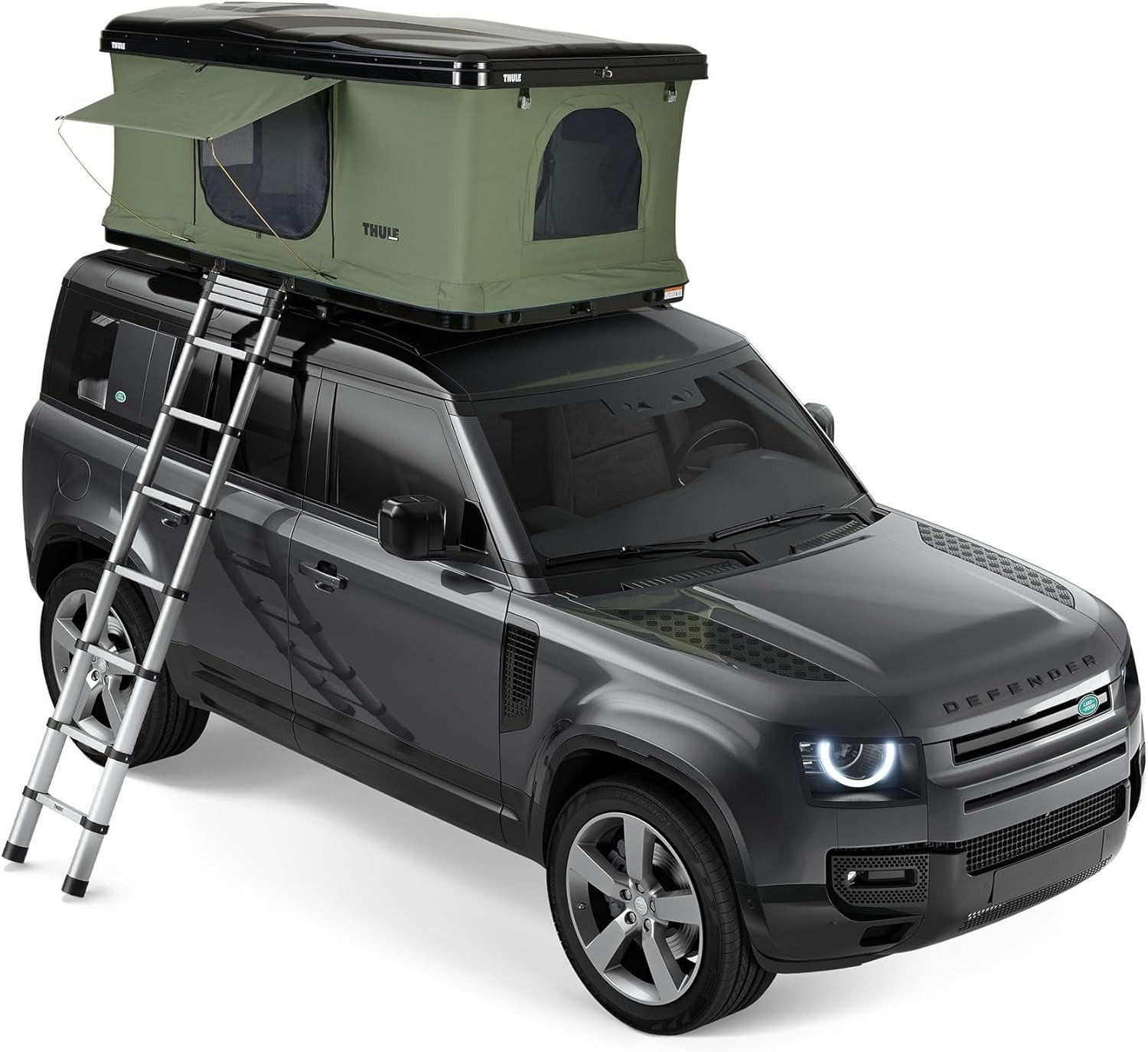
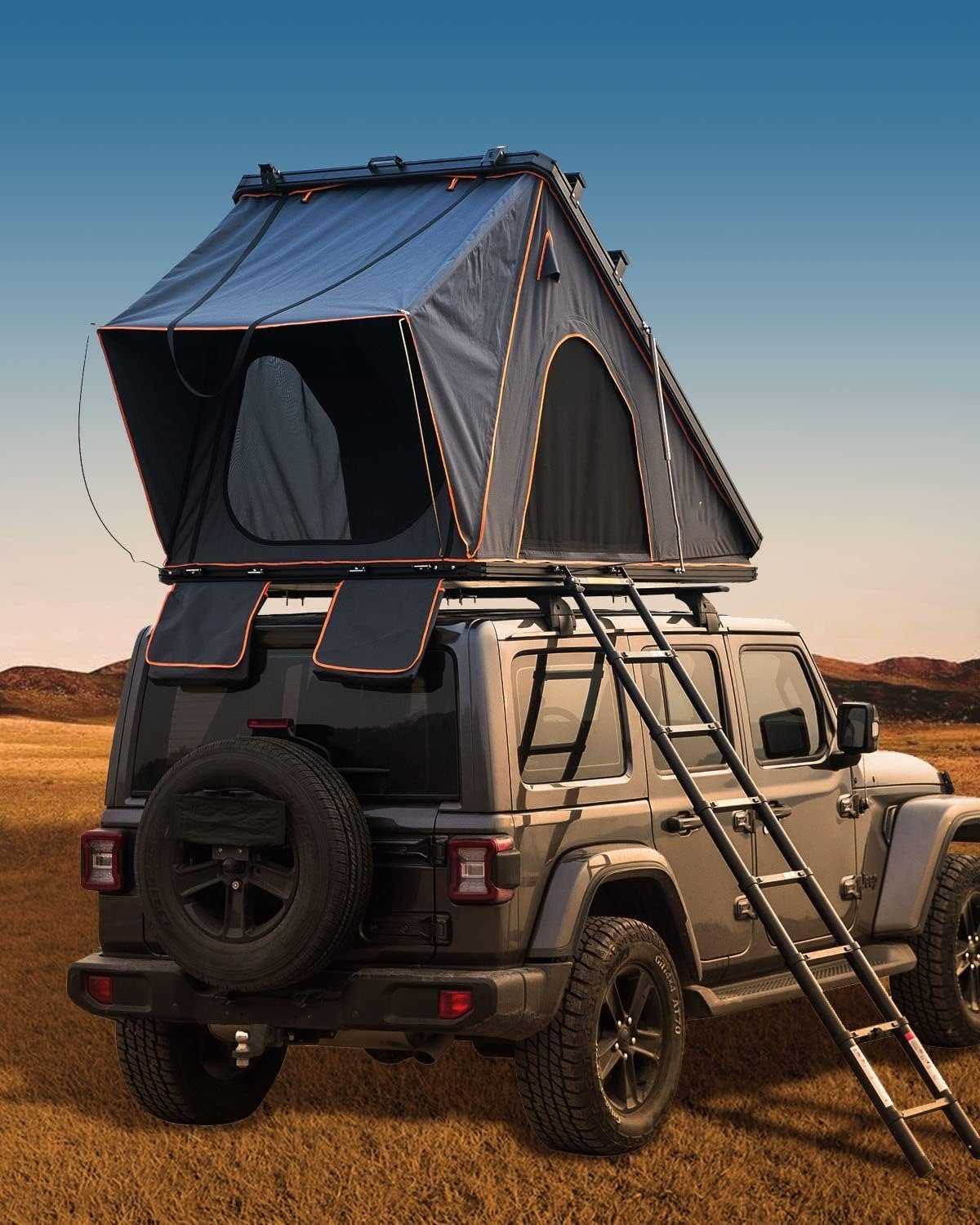
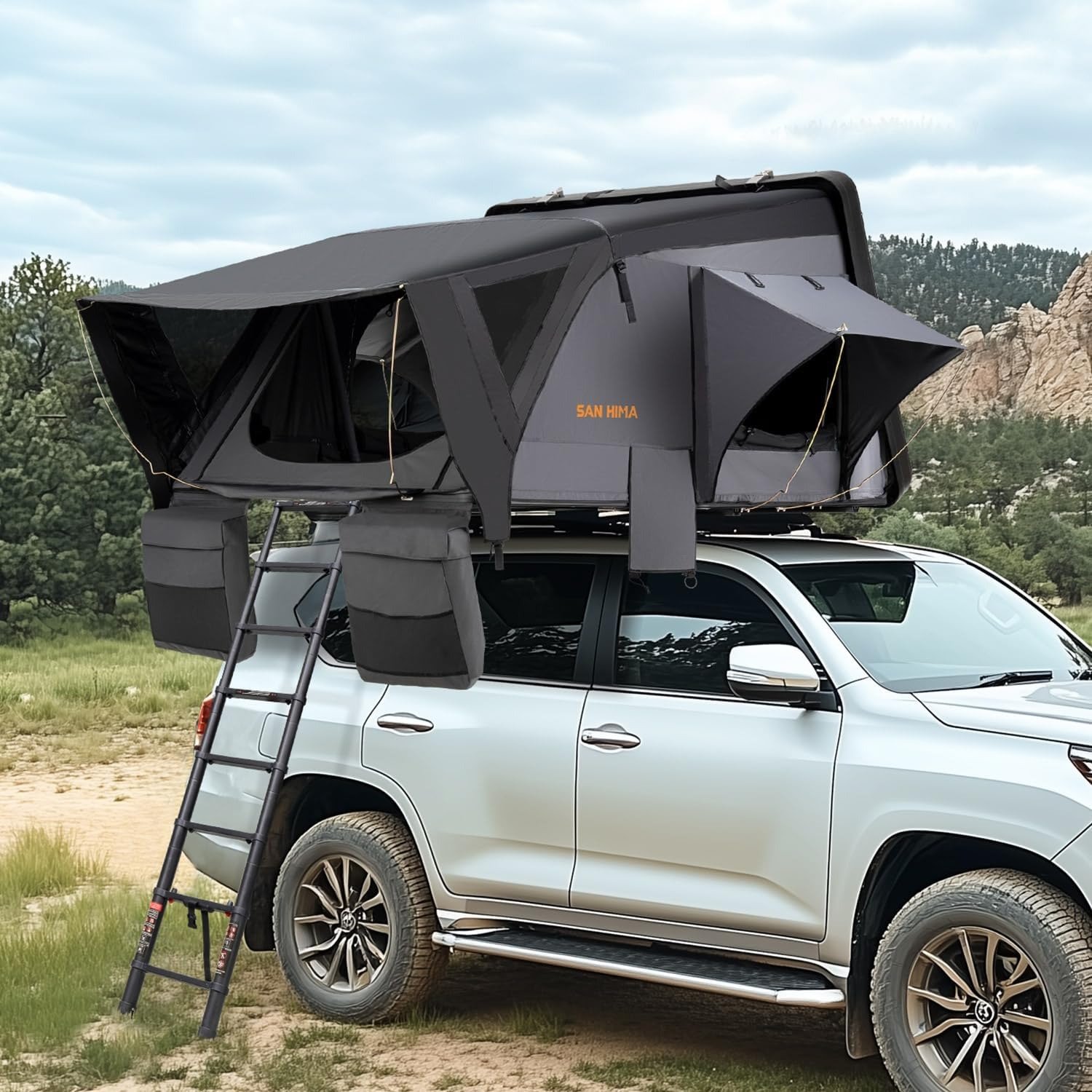


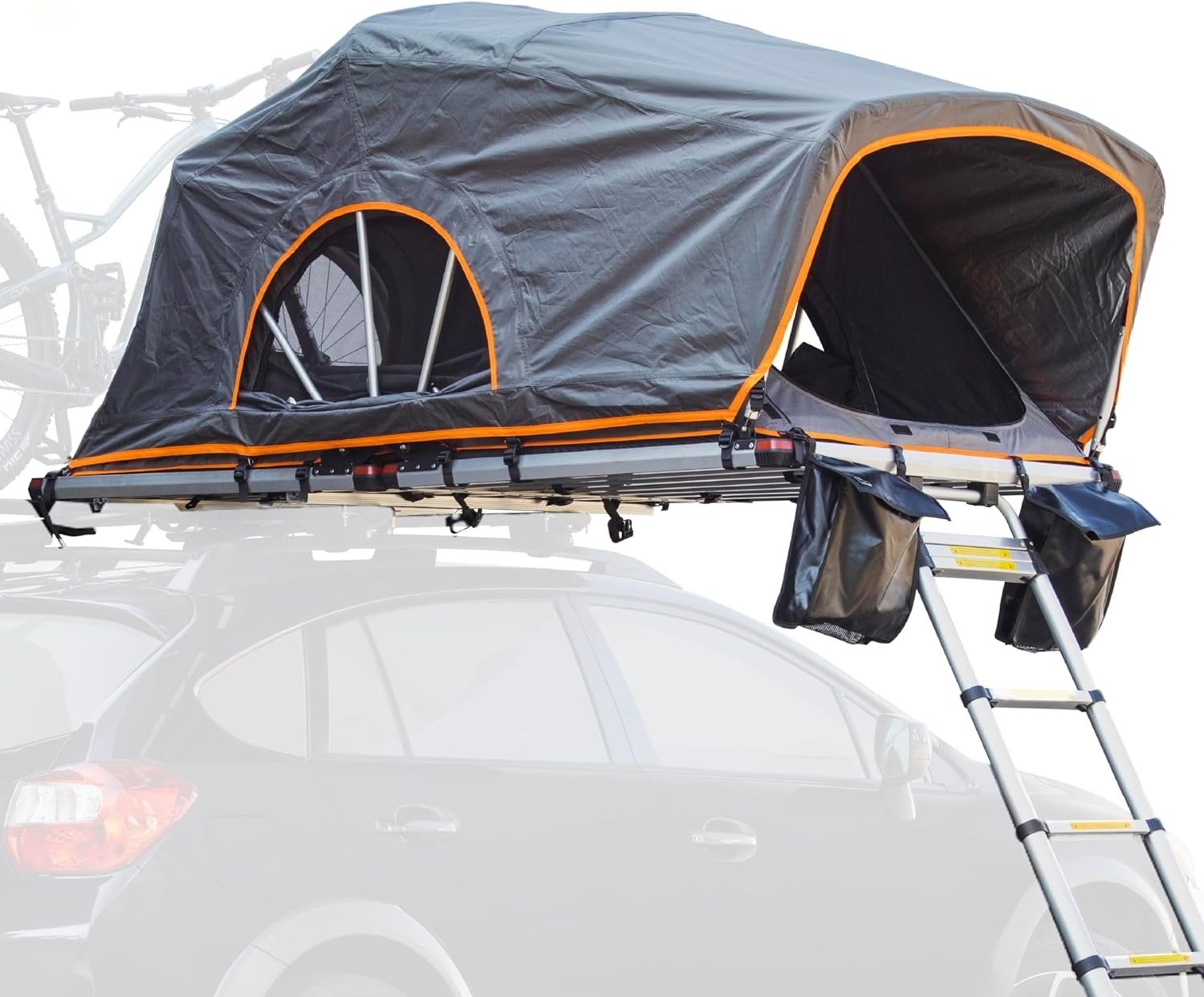
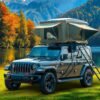
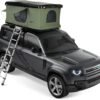
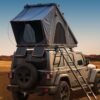
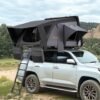

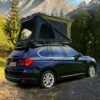
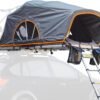
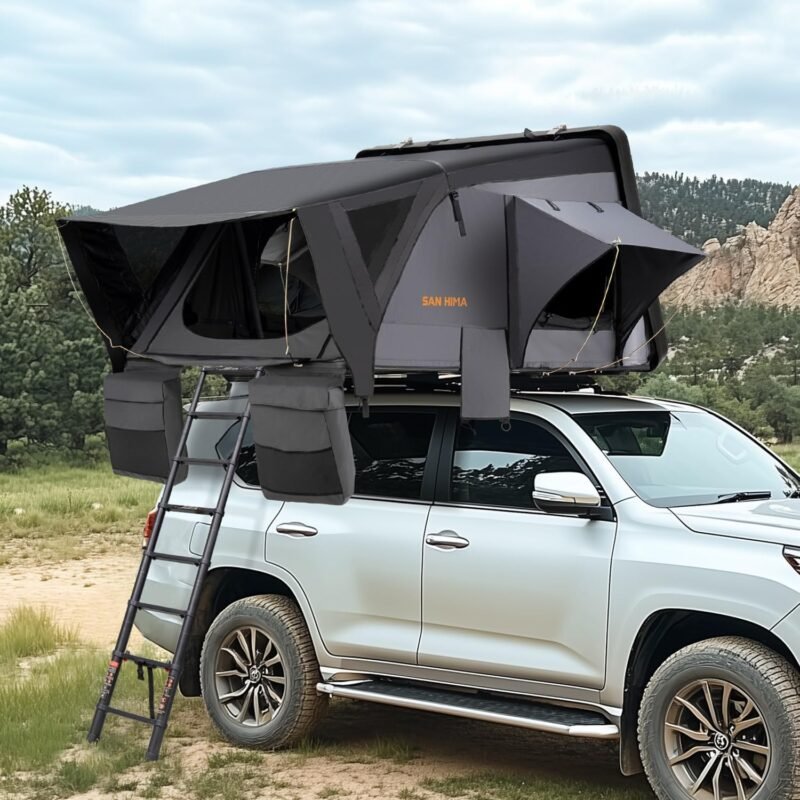
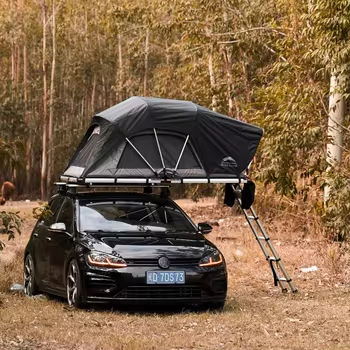

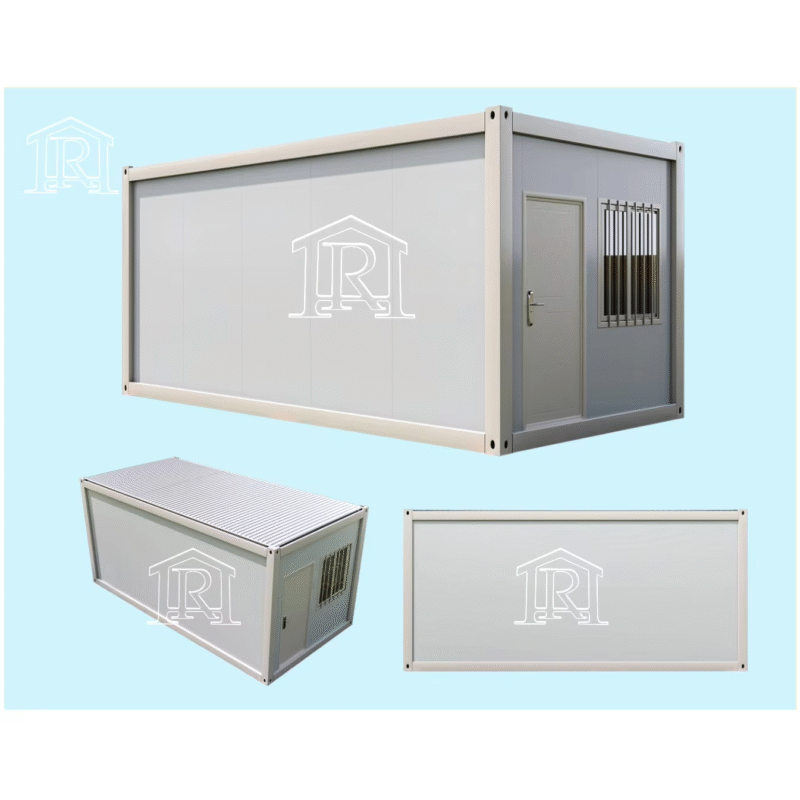
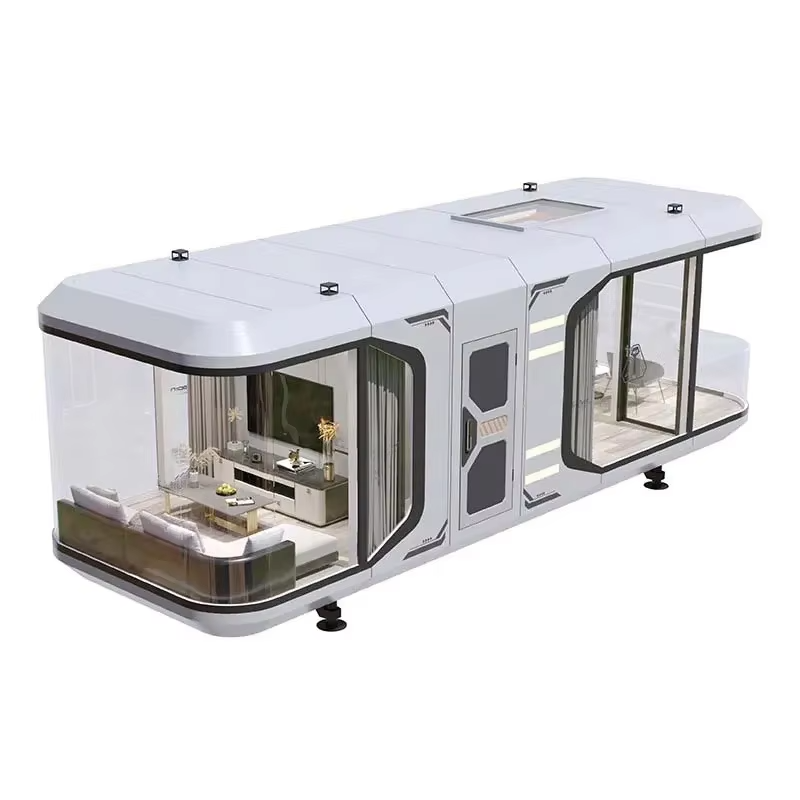
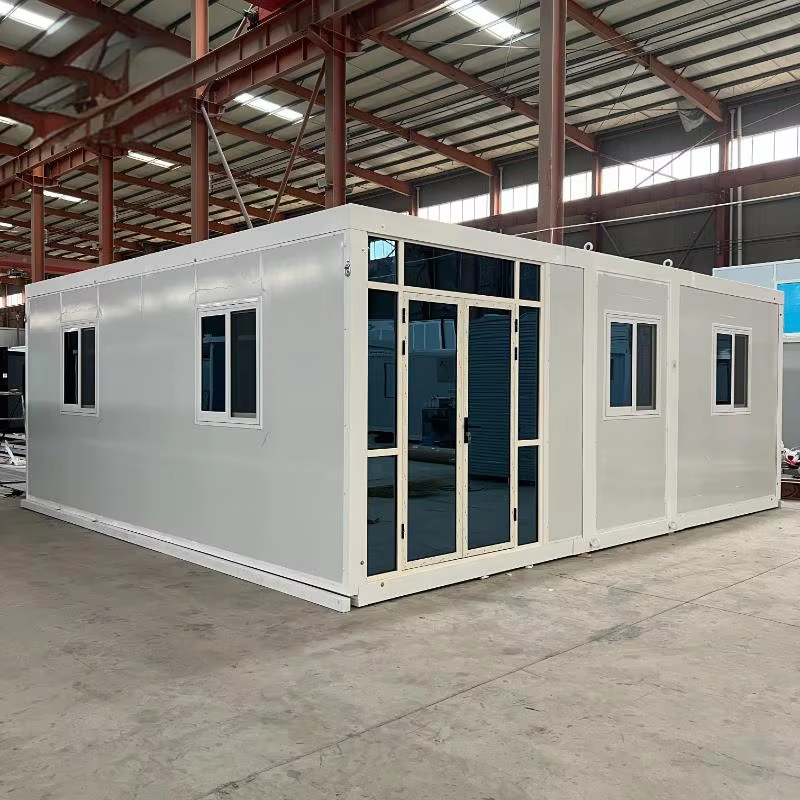
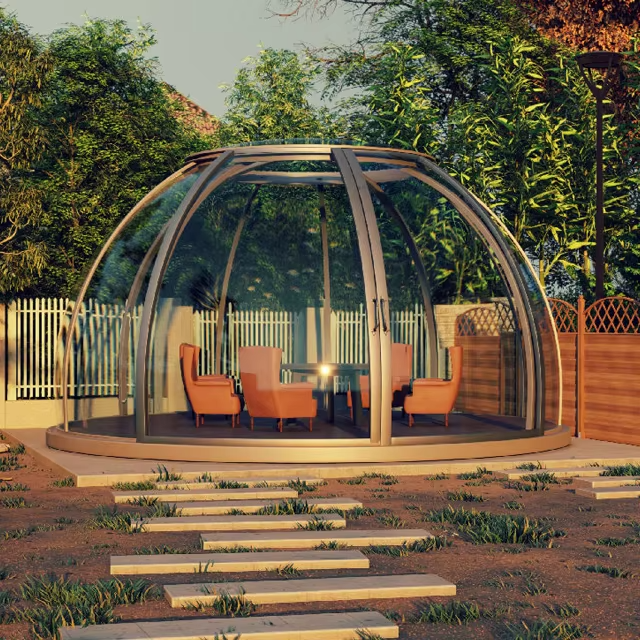


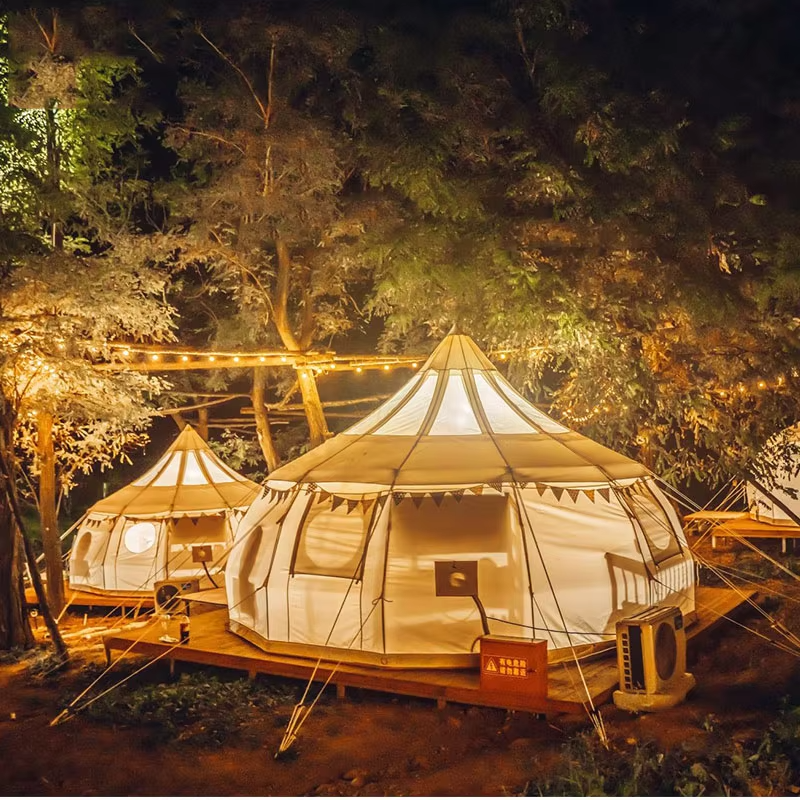
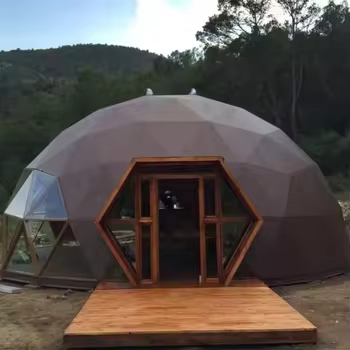
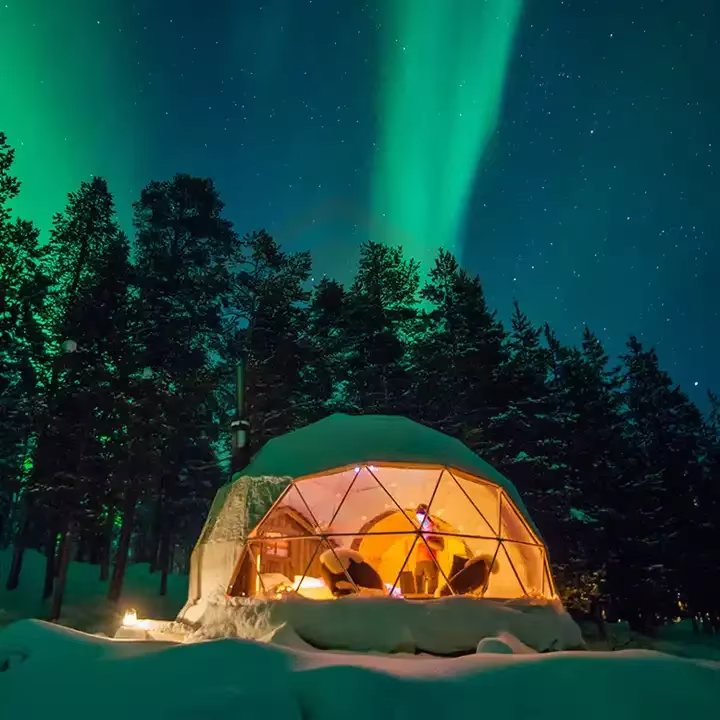

Reviews
There are no reviews yet.